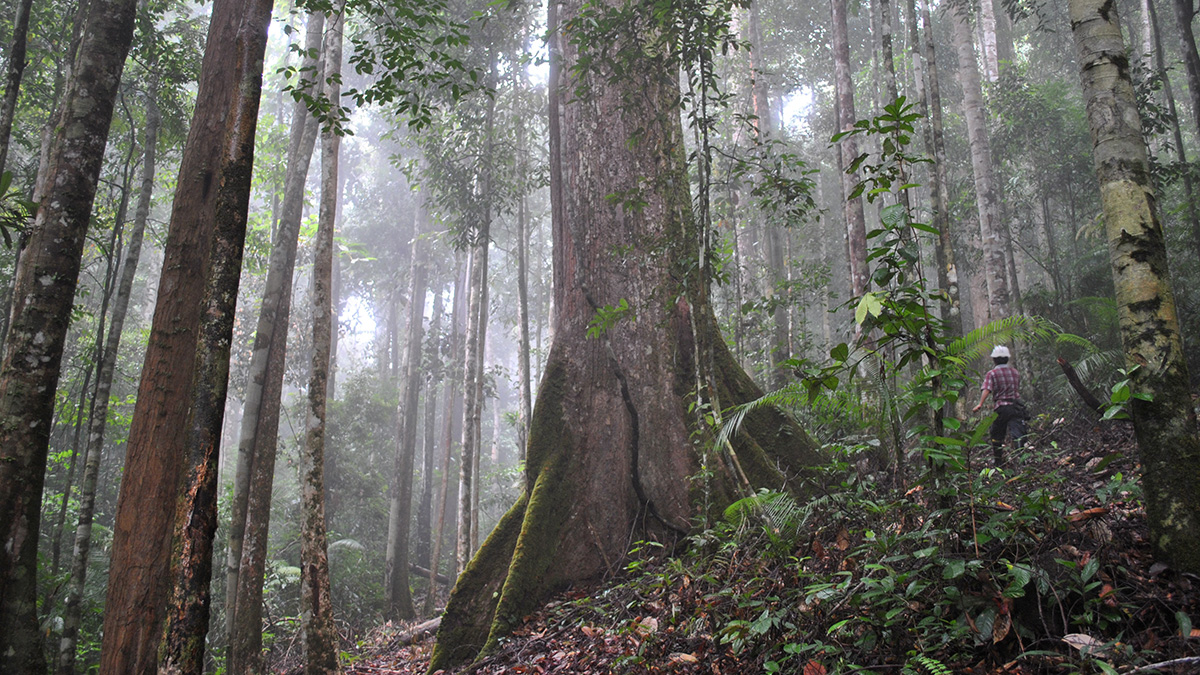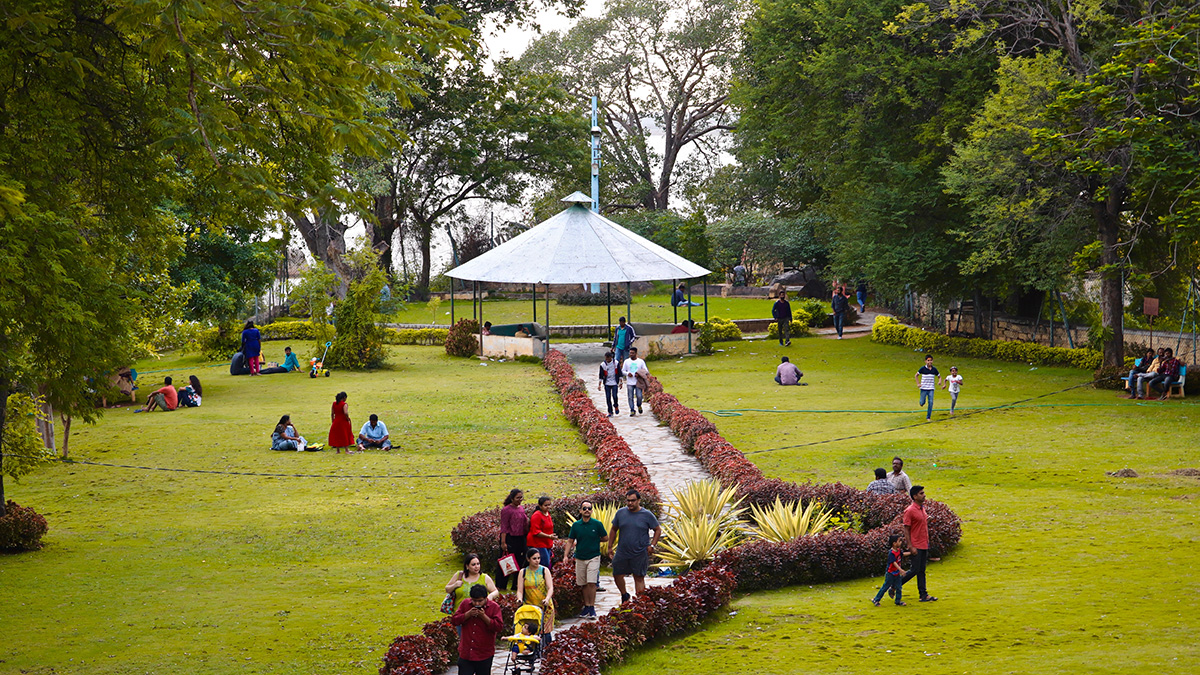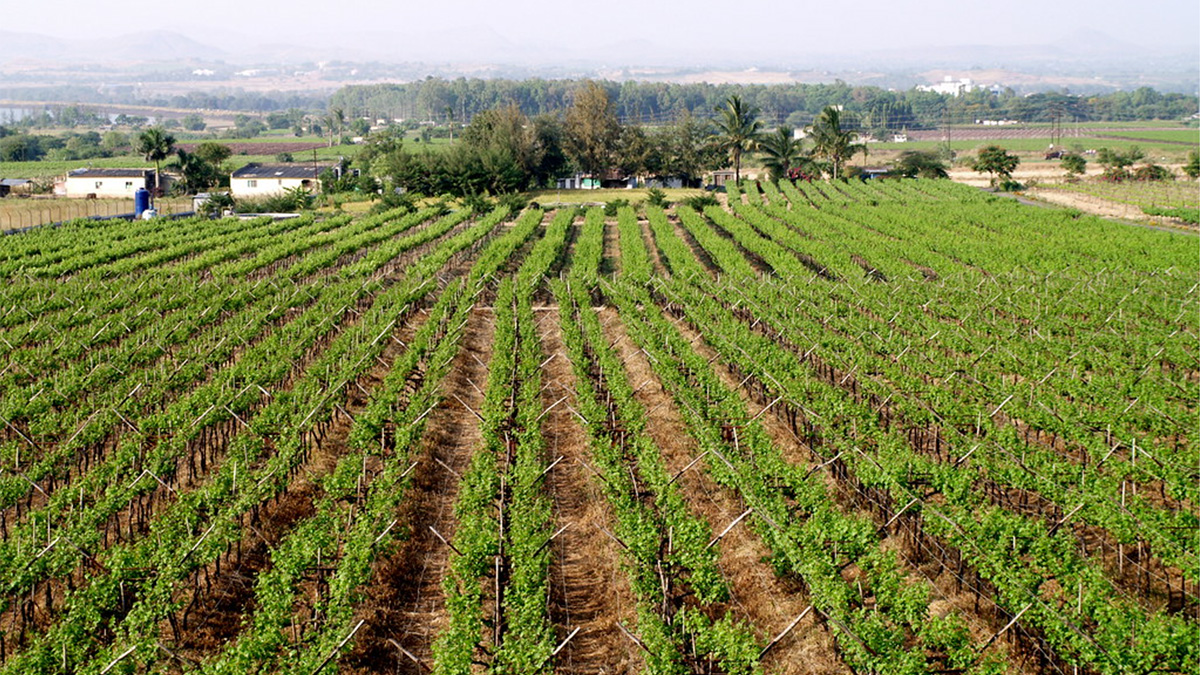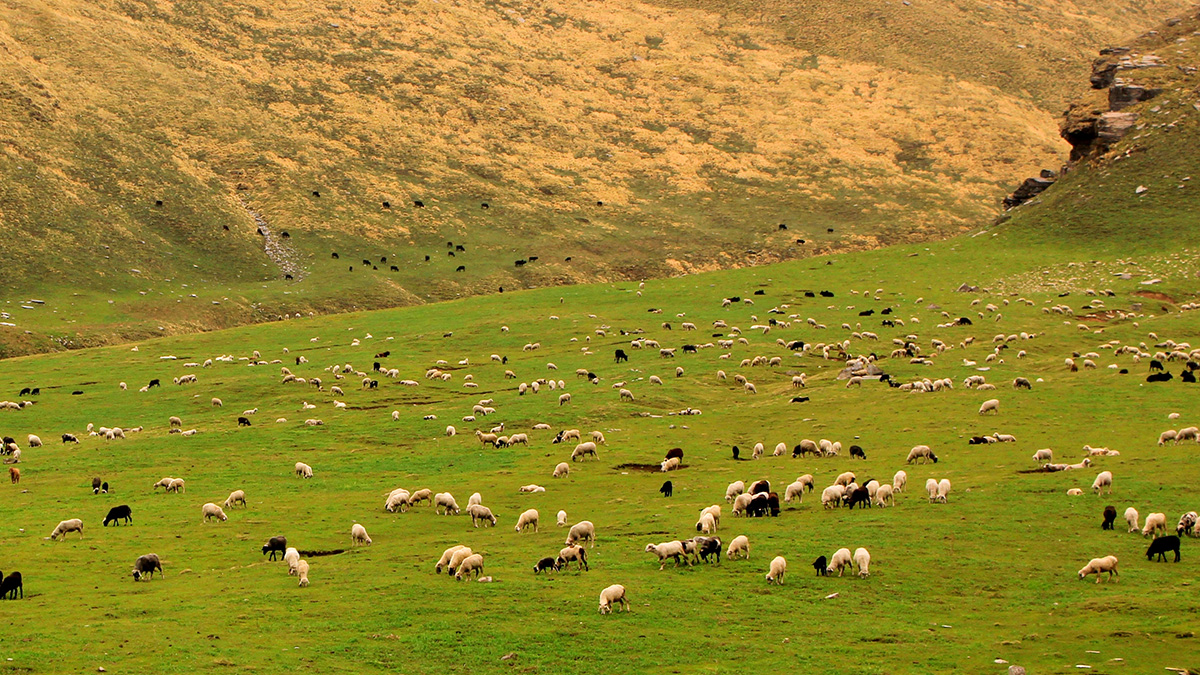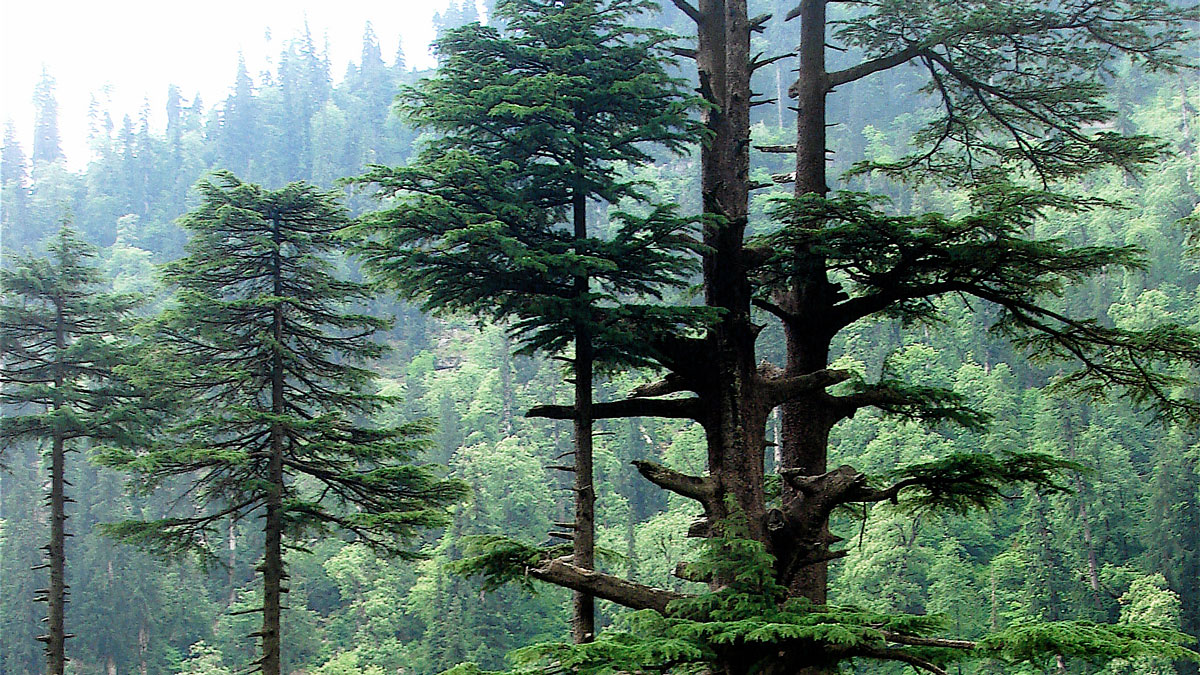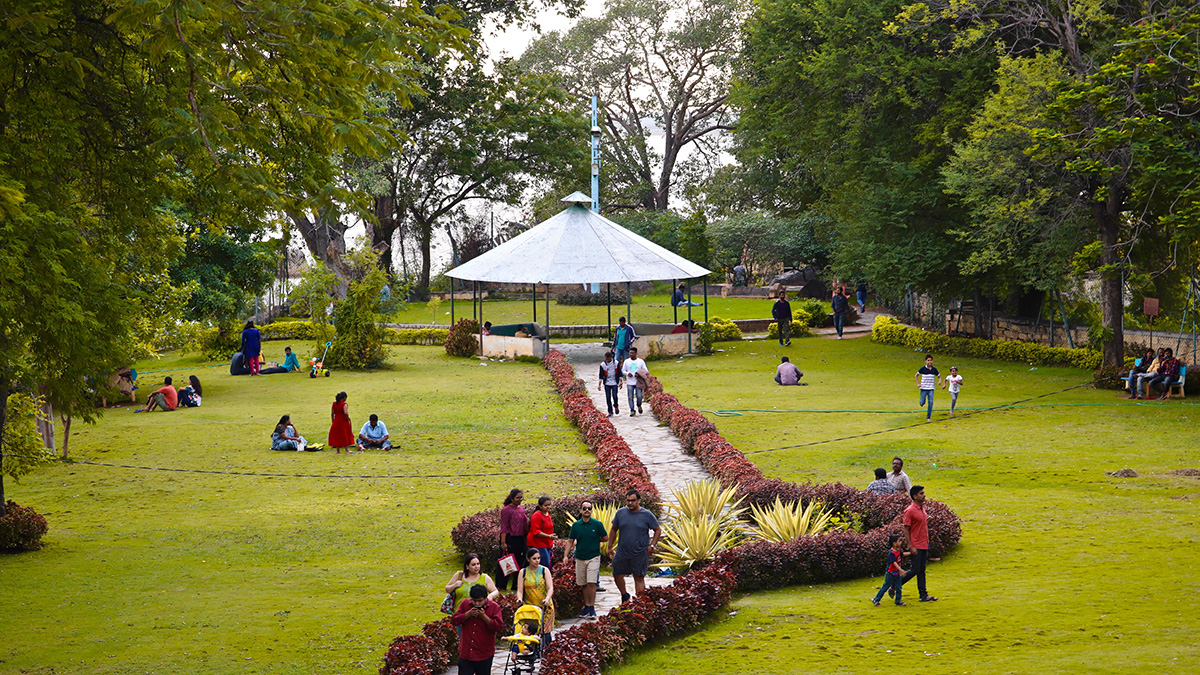New research shows that though marine cloud brightening holds potential to temporarily reduce heat stress regionally, the technique has unpredictable and far-reaching outcomes.
Rishika Pardikar
Rishika Pardikar is a freelance environment reporter covering science, law, and policy. She lives in Bengaluru, India.
Shifting Winter Storms Bring More Flooding to India
Western disturbances are hanging out over India for longer, adversely affecting water security in the country.
Rates of Groundwater Depletion in India Could Triple by Midcentury
Climate change is contributing to crop stress associated with a growing demand for freshwater.
Établir une carte d’identité du bois pour freiner la déforestation illégale
Des chercheurs ont créé un nouvel outil d’analyse pour améliorer la traçabilité du bois qui pourrait permettre d’appliquer la législation de l’Union européenne visant à lutter contre la déforestation.
Fingerprinting Wood to Curb Illegal Deforestation
Researchers developed a new forensic tool for tracing the origins of timber that could enable enforcement of antideforestation legislation in the European Union.
शहरी हरियाली के लाभों का आंकलन
शहर में हरियाली डिज़ाइन करते समय शहर के समुदायों को शायद यह सोचना पड़े कि जल अवशोषण या शीतलन, कौन से लाभ ज़्यादा ज़रूरी हैं।
New Forecasting Tool Could Help Indian Farmers Plan Irrigation
Tropical weather is unpredictable, but a new tool could help farmers get a better grasp on it.
Veterinary Antibiotics Reduce Soil Carbon Sequestration Capacity
Livestock grazing areas sequester less carbon than those under wild herbivores.
The Limits to Tree Planting in the Indian Himalayas
The Indian government has an ambitious forestry goal. New research shows it may be out of sync with environmental and social constraints.
Evaluando los beneficios del urbanismo verde
Las comunidades de las ciudades necesitan considerar si la absorción del agua o los beneficios del enfriamiento son más importantes al diseñar los espacios verdes urbanos.





